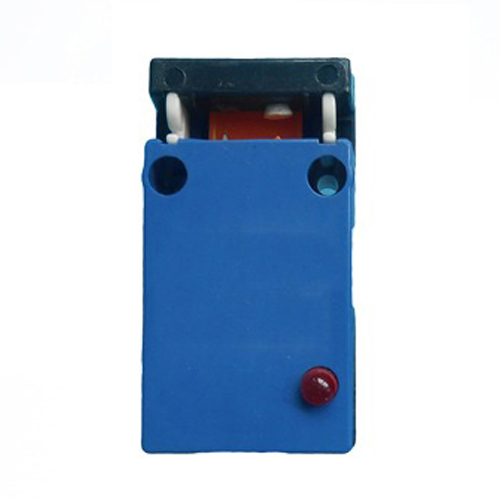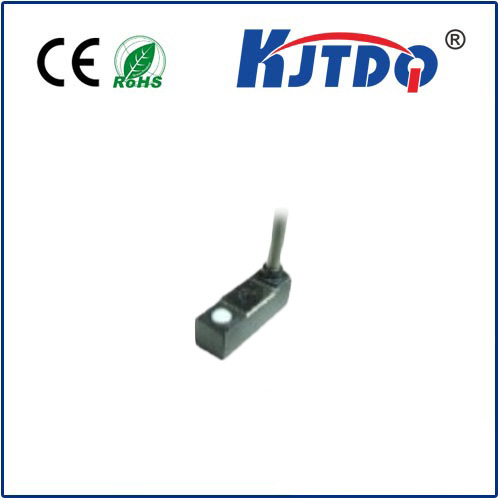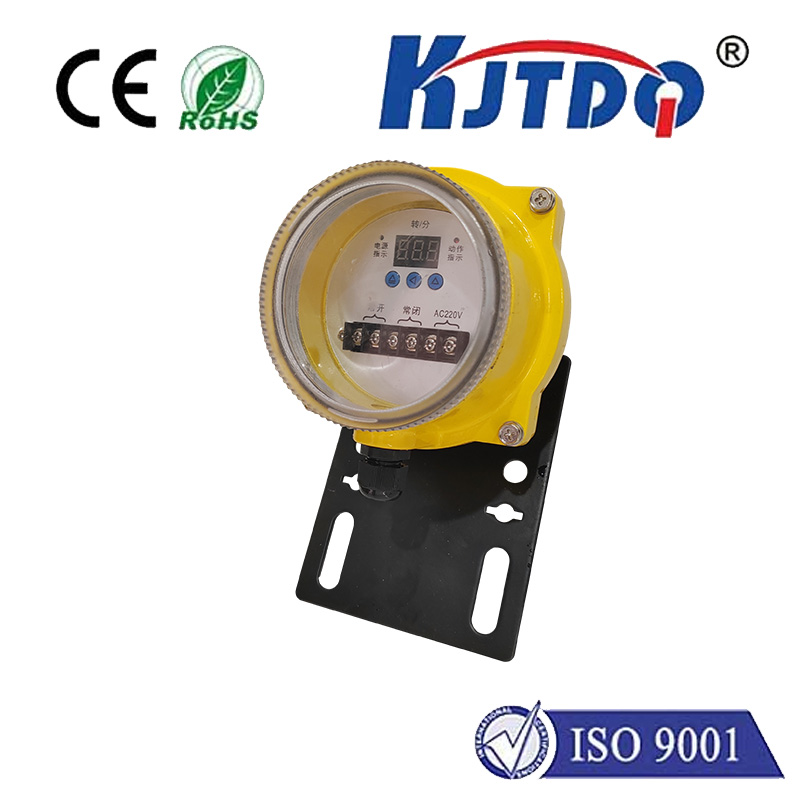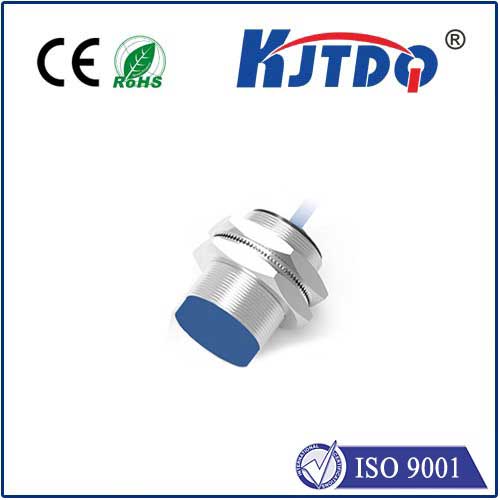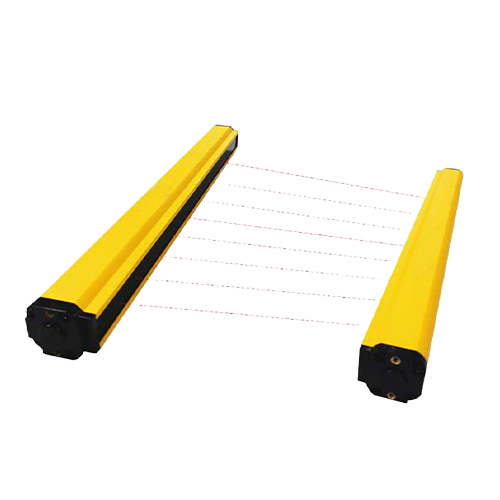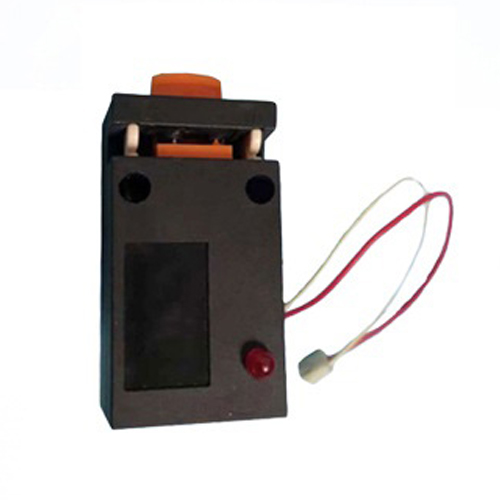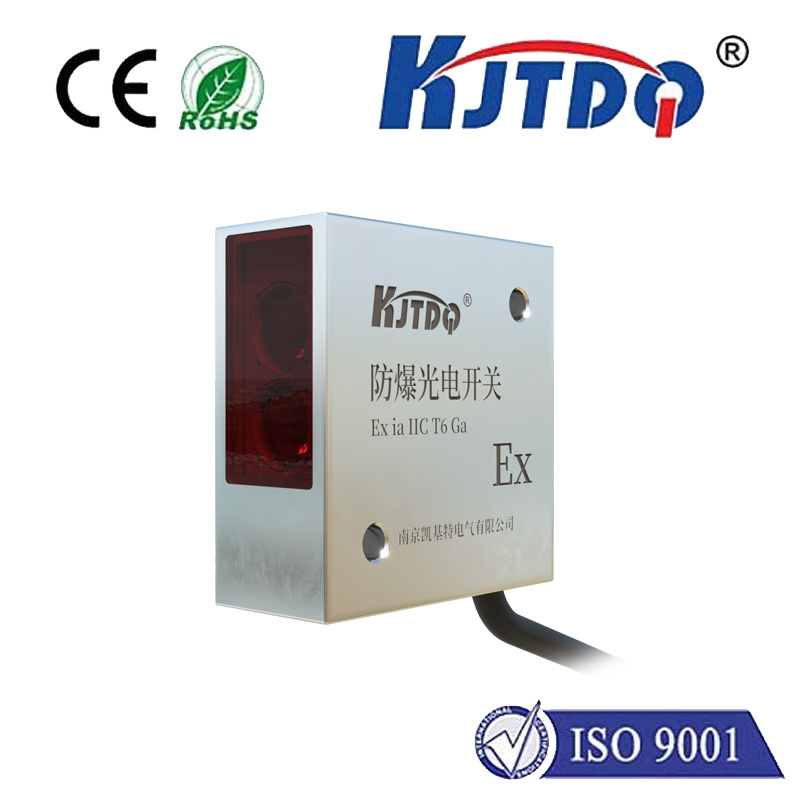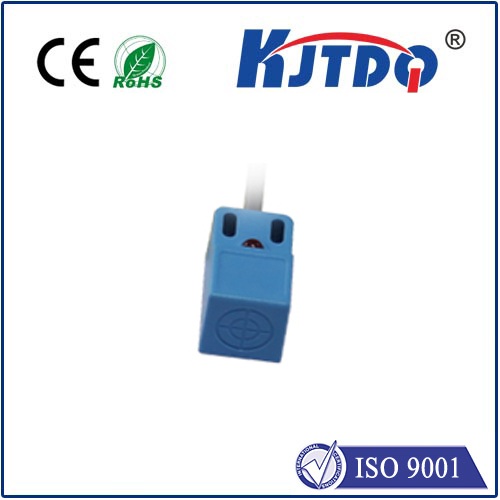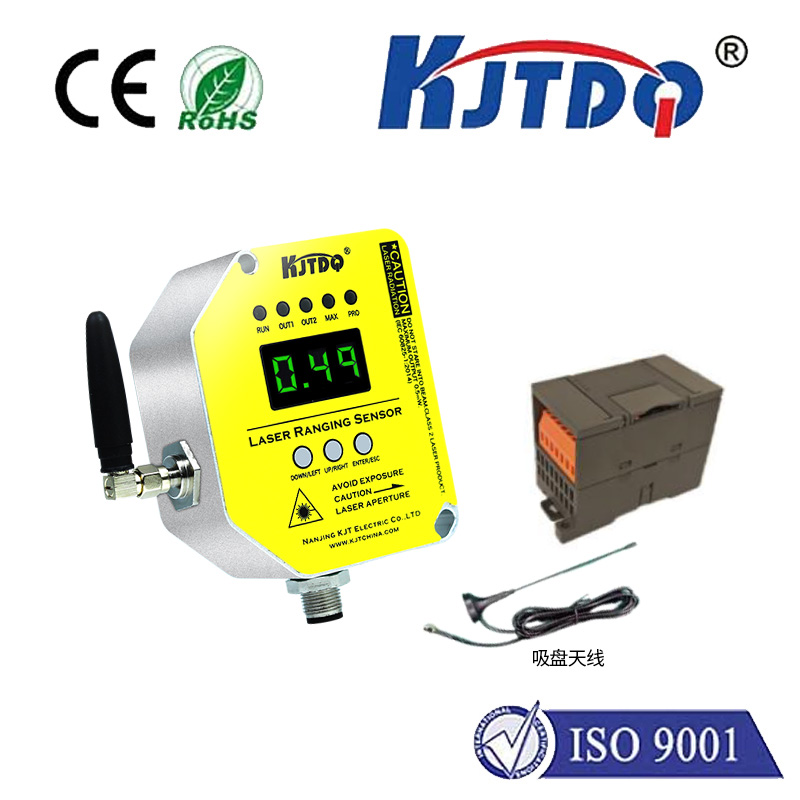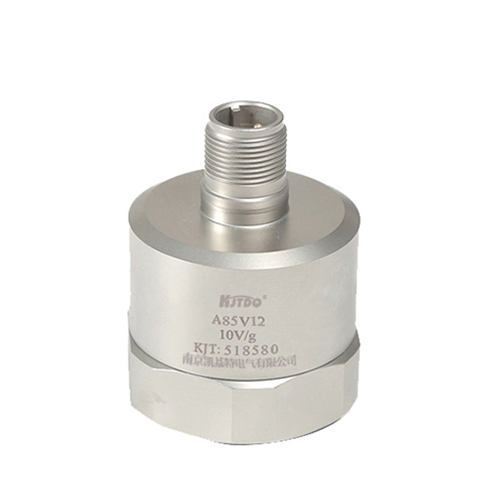Волоконно - оптический датчик приближения
- time:2025-06-15 01:48:41
- Нажмите:0
Fiber Optic Proximity Sensors: Unseen Sentinels in Modern Automation
How do you detect the precise position of an object without ever touching it, especially in environments where traditional sensors fail? Enter the world of the fiber optic proximity sensor – a marvel of photonics engineering offering unparalleled capabilities.
In the intricate dance of modern manufacturing, robotics, and process control, knowing exactly where things are is paramount. While various proximity sensing technologies exist, fiber optic proximity sensors stand out for their unique ability to thrive where others struggle: in extreme temperatures, amidst crushing electromagnetic interference (EMI), within minute spaces, or handling corrosive materials. These sensors harness the power of light transmitted through flexible optical fibers to accomplish precise, non-contact detection across a surprisingly diverse range of applications.
The Core Principle: Light as the Messenger
At its heart, a fiber optic proximity sensor operates as a specialized Фотоэлектрический датчик. Light generated by an internal emitter (typically an LED or laser diode) travels down a transmitting optical fiber. When this light beam reaches the sensor tip, it projects towards the target. The target’s presence alters this light pattern:
- Reflection/Interruption: For diffuse reflective types, light reflects off the target back towards the sensor tip, where a receiving fiber guides it back to a photosensitive receiver.
- Through-Beam: In a through-beam setup (separate emitter and receiver units), the target physically interrupts the light beam traveling between the two fiber ends.
The sensor’s integrated electronics analyze the intensity or presence of the returned/interrupted light. A significant change triggers the sensor’s output signal (switching it on or off), indicating the target’s presence within its defined sensing range. This fundamental reliance on light makes them intrinsically immune to EMI and RFI, a critical advantage near powerful motors, welders, or variable frequency drives.

Why Choose Fiber Optics? Key Advantages
The distinct benefits of fiber optic proximity sensors stem directly from their separation of the sensing point (the fiber tip) from the electronics:
- Exceptional Immunity to EMI/RFI: Since only light travels through the fibers, electrical noise has virtually no effect on the signal, ensuring reliable operation in electrically noisy industrial environments.
- Compact Size & Flexible Installation: The sensing head is simply the small, robust fiber optic tip. This allows detection in extremely confined spaces where bulky traditional sensors simply won’t fit. Fibers can be bent and routed around obstacles.
- Resistance to Harsh Environments: The sensing tip, often made of glass or durable plastics, can withstand extreme temperatures (both high and cryogenic), high pressure, vacuum, corrosive chemicals, and high-vibration areas that would damage or destroy standard sensor housings. Passive sensing heads contain no electronics to fail.
- Intrinsic Safety: The low energy levels typically used and the electrical isolation provided by the fiber make these sensors ideal for hazardous environments with flammable gases, vapors, or dust, often meeting stringent intrinsic safety standards.
- High Precision and Speed: Capable of detecting very small objects and offering fast response times, suitable for high-speed production lines and precision positioning tasks.
- No Mutual Interference: Multiple sensors can operate very close together without affecting each other’s performance, unlike some capacitive or inductive sensors.
Inside the Sensor: Essential Components
Understanding the key parts demystifies their operation:
- Amplifier/Emitter Unit: Houses the light source (emitter) and the receiver circuit with signal processing electronics. It provides power, sensitivity adjustment, and output switching.
- Optical Fibers: Thin, flexible strands (usually plastic or glass) that guide light from the amplifier to the sensing point and back (for reflective types) or just to the sensing point (for through-beam emitters). Core size and numerical aperture influence light-gathering ability and range.
- Sensing Head (Fiber Optic Tip): The business end. Its design (lens configuration, fiber arrangement - coaxial, opposed, separate bundles) determines the sensing mode (diffuse reflective, through-beam, retro-reflective) and characteristics like spot size, range, and sensitivity.
- Connectors/Couplings: Secure the fibers to the amplifier unit and potentially allow for fiber replacement or swapping head types.
Choosing the Right Fiber Optic Sensor: Critical Considerations
Selecting the optimal sensor involves evaluating several factors:
- Sensing Mode: Diffuse Reflective (single head, detects object reflection), Through-Beam (separate emitter/receiver heads, highest reliability and range), or Retro-reflective (single head with reflector, longer range than diffuse).
- Sensing Range: Required working distance from the sensor tip to the target. Fiber optic sensors typically have smaller ranges than larger photoelectric sensors but excel in confined spaces.
- Target Characteristics: Size, color, material (opaque, transparent, shiny, matte). Transparent target detection often requires through-beam mode. Dark matte targets absorb more light, reducing sensing range.
- Environmental Conditions: Temperature extremes, chemicals, washdown requirements, vacuum, pressure, and potential mechanical impact on the fiber tip.
- Required Resolution/Spot Size: How small a detail needs detecting? Fiber tips can be configured for very small spot sizes.
- Fiber Type and Length: Plastic fibers (POF) are flexible, economical, and suitable for shorter distances and less harsh environments. Glass fibers offer higher temperature resistance, longer transmission distances, and better chemical resistance but are more brittle. Length affects signal attenuation; glass fibers handle longer runs better.
Where Do They Shine? Diverse Applications
The unique advantages of fiber optic proximity sensors make them indispensable across industries:
- Micro-Part Detection: Sensing tiny components, lead wires, or threads in electronics assembly, watchmaking, and medical device manufacturing.
- Metal Stamping & Molding: Reliable part ejection verification and positioning within presses and injection molding machines, immune to heat and oil.
- Semiconductor Manufacturing: Detection and positioning of wafers in vacuum chambers and cleanrooms, where cleanliness and EMI immunity are critical.
- Packaging & Filling: Verifying presence/absence of caps, labels, liquid levels (especially in glass bottles), and precise positioning of items on high-speed lines.
- Welding Robotics: End-of-arm tooling proximity sensing, seam tracking, and part verification near intense EMI and heat generated by welding arcs.
- Medical Equipment: Non-invasive fluid level sensing in dialysis machines, position detection within sterilizers and imaging equipment.
- High-Temperature Processes: Monitoring in furnaces, glass forming, and metal heat treatment.
- Intrinsically Safe Areas: Hazardous locations like oil & gas refineries, chemical plants, and grain silos.
Embracing Photonic Sensing
Fiber optic proximity sensors are far more than niche devices; they are essential enabling technologies solving complex sensing challenges that conventional methods cannot address. Their unique blend of EMI immunity, compact size, environmental ruggedness, and precision makes them the go-to solution for demanding applications across the automation landscape. By translating the presence or absence of an object into a reliable light signal transmitted through a flexible conduit, they act as the unseen, yet critical, sentinels ensuring accuracy, safety, and efficiency in countless modern processes.

